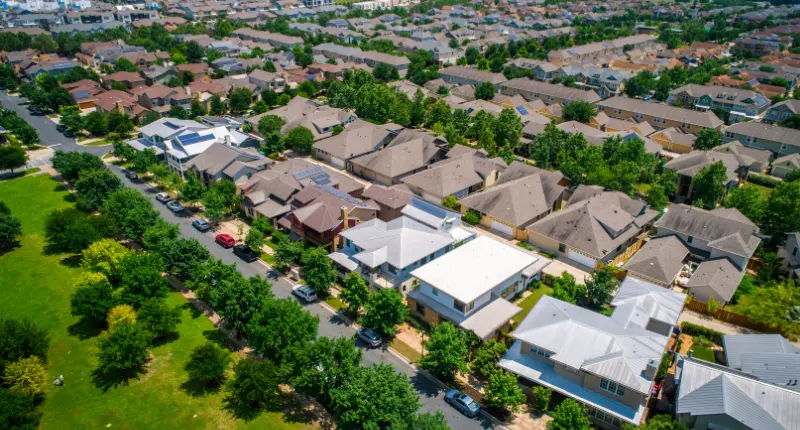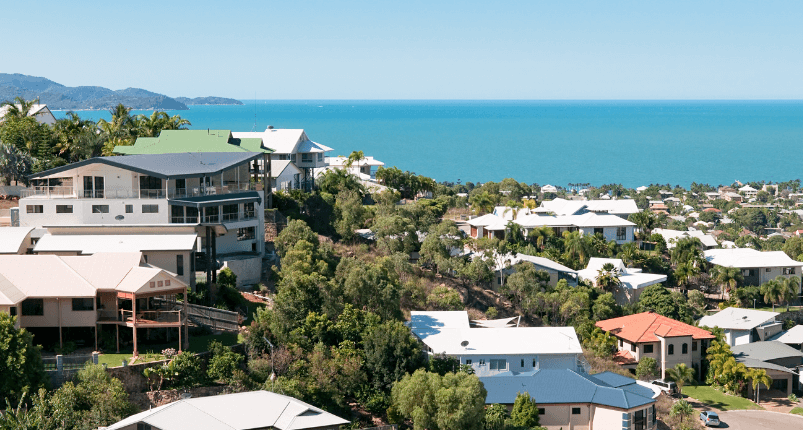- The ABS has reported a jump in the inflation rate of 3.8% for the year
- The price jump can be accounted for by looking at the sources of inflation
- Despite inflation being above target levels, interest rate are still tipped to remain steady
The newly released inflation figures from the Australian Bureau of Statistics (ABS) show a 0.8% inflation jump in the June quarter, equating to a 3.8% rise for the year.
Considering the Reserve Bank of Australia (RBA) sets a target of 2 – 3% for annual inflation, this figure seems alarming and at a first glance could place pressure on interest rates.
However, it’s just one quarter, and digging deeper, these price spikes might not be as drastic as they may first appear.
Accounting for inflation
To understand the 3.8% jump in inflation, we need to look closer at the source of the price rises.
The most prominent price change was in the automotive fuel category which increased 6.5% from the same time last year. This is understandable as prices have recently bounced back from the cheap fuel enjoyed at the onset of the pandemic. Oil is also bought and sold in US dollars, and the greenback has been on quite a run recently.
“Rising fuel prices accounted for much of the increase in the June quarter CPI, with prices surpassing pre-pandemic levels”.
Michelle Marquardt, ABS Head of Prices Statistics
Other significant price changes were the hospital services (+2.4%) and electricity (+3.3). The ABS accounts for these with the annual increase in private health insurance premiums and the continued unwinding of the Western Australian Government’s $600 electricity credit.
So, these price increases seem to be have been caused by ‘one off’ events. Many of the changes are related to recovery from the pandemic; which is a good thing.
“In situations such as this, it is useful to consider [the] underlying inflation measures such as the trimmed mean, which are designed to remove large, one-off price impacts,” explained Ms. Marquardt.
The annual trimmed mean inflation was 1.6%. This is an increase from the March 2021 quarter of 1.1%.
“Additional context can be gained by comparing the current CPI to pre-pandemic levels in the March 2020 quarter.” Over the five quarters from the March 2020 quarter to the June 2021 quarter, inflation rose 1.9%
These levels are in fact below the RBA’s set target of 2 – 3 %, rather than above. Looking at the chart (below), one can imagine the recent quarterly jump equates almost precisely to the quarterly dip of a year ago.
Consumer Price Index (CPI) change – ‘Inflation’

Rental Market Recovery
The June quarter rental market figures also showed a promising market recovery from the impact of the pandemic.
Capital city weighted average figures revealed a marginal 0.1% increase in rents in the June quarter. On an annual level, rents actually dropped 1.3%, providing relief for rental affordability.
According to REIA president Adrian Kelly, the two largest capital cities, Sydney and Melbourne, saw falls of 0.6% and 0.5% respectively in the June quarter.
“All other capital cities had increases with Perth having the largest rise of 2.6% for the quarter followed by Darwin and Hobart a 1.9% and 1.6% respectively,” said Mr Kelly.
“For the 12 months, Sydney had the largest fall of 3.4% and Hobart the largest increase of 3.1%,” he said.
The housing group of the consumer price index (CPI) – which accounts for prices of rents and utilities – increased 0.3% in the June quarter but dropped 0.2% for the year.
What does this mean for interest rates?
According to Mr. Kelly, these adjusted figures such as trimmed inflation “…suggest there will be no pressure on interest rates for some time despite the jump in the annual rate of inflation.”
Mr. Kelly believes perspective can be found in considering that the weighted capital city index rents change in the twelve months to June, which is the lowest since March 2020. This is when the pandemic began to have an impact.
“With ABS’s housing finance figures showing increased lending to investors rent increases will continue to be moderated,” said Mr. Kelly.








